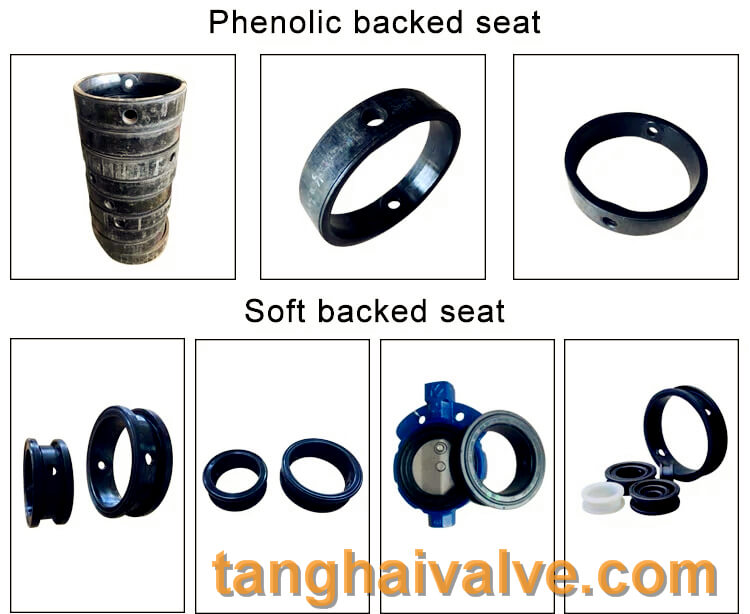Connection Standard of Dual Plate Check Valve
The connection standard of a Dual Plate Check Valve primarily refers to the standards governing the face-to-face dimensions, flange compatibility, and pressure ratings. These standards ensure that the valve can be installed easily in various pipeline systems with flanged connections.
Key Connection Standards for Dual Plate Check Valves:
1. API 594 – Check Valve Face-to-Face and End Connection Dimensions
- Specifies the face-to-face dimensions of wafer, lug, and double-flanged check valves.
- Ensures interchangeability between different manufacturers’ valves.
- Widely used in industries such as oil & gas, petrochemical, and water treatment.
- Applicable pressure classes:
- Class 150, 300, 600, 900, 1500, 2500
2. ASME B16.5 – Pipe Flanges and Flanged Fittings
- Defines the dimensions, materials, and pressure ratings for flanges up to 24 inches.
- Used to ensure flange compatibility when installing the valve.
- Flange pressure classes:
- Class 150, 300, 600, 900, 1500, 2500
3. ASME B16.47 – Large Diameter Steel Flanges
- Covers flange sizes from 26 inches to 60 inches.
- Used in large-diameter piping systems.
4. EN 558 / ISO 5752 / DIN 3202 – Face-to-Face Dimensions of Valves
- European and international standards defining face-to-face dimensions for valves.
- These standards ensure compatibility with flanged connections under PN-rated systems.
- Pressure ratings: PN 10, 16, 25, 40.
5. EN 1092-1 – Steel Flanges
- European standard for flange dimensions, materials, and pressure ratings.
- Common pressure ratings: PN 10, 16, 25, 40, 63, 100.
End Connection Types:
Wafer Type:
- Designed to fit between two flanges with bolts passing through.
- Compatible with multiple flange standards (ASME, EN, JIS, etc.).
- Most compact and lightweight connection type.
Lug Type:
- Equipped with threaded lugs around the circumference.
- Allows the valve to be bolted directly to the flanges, enabling installation at the end of a pipeline.
Double Flanged Type:
- Designed with integral flanges for bolted connections on both sides.
- Provides more rigid support compared to wafer and lug types.
Summary of Pressure Ratings:
| Standard | Pressure Class | Typical Notation |
| ASME B16.5 | 150 – 2500 | Class 150, 300, etc. |
| EN 1092-1 | PN 10 – PN 100 | PN 10, PN 16, etc. |
| API 594 | 150 – 2500 | Class 150, 300, etc. |
| JIS B2220 | 5K – 63K | JIS 10K, 16K, etc. |





 © Copyright 2020 Tianjin Tanghaidongyang Valve Co., Ltd. All Rights Reserved.
© Copyright 2020 Tianjin Tanghaidongyang Valve Co., Ltd. All Rights Reserved.